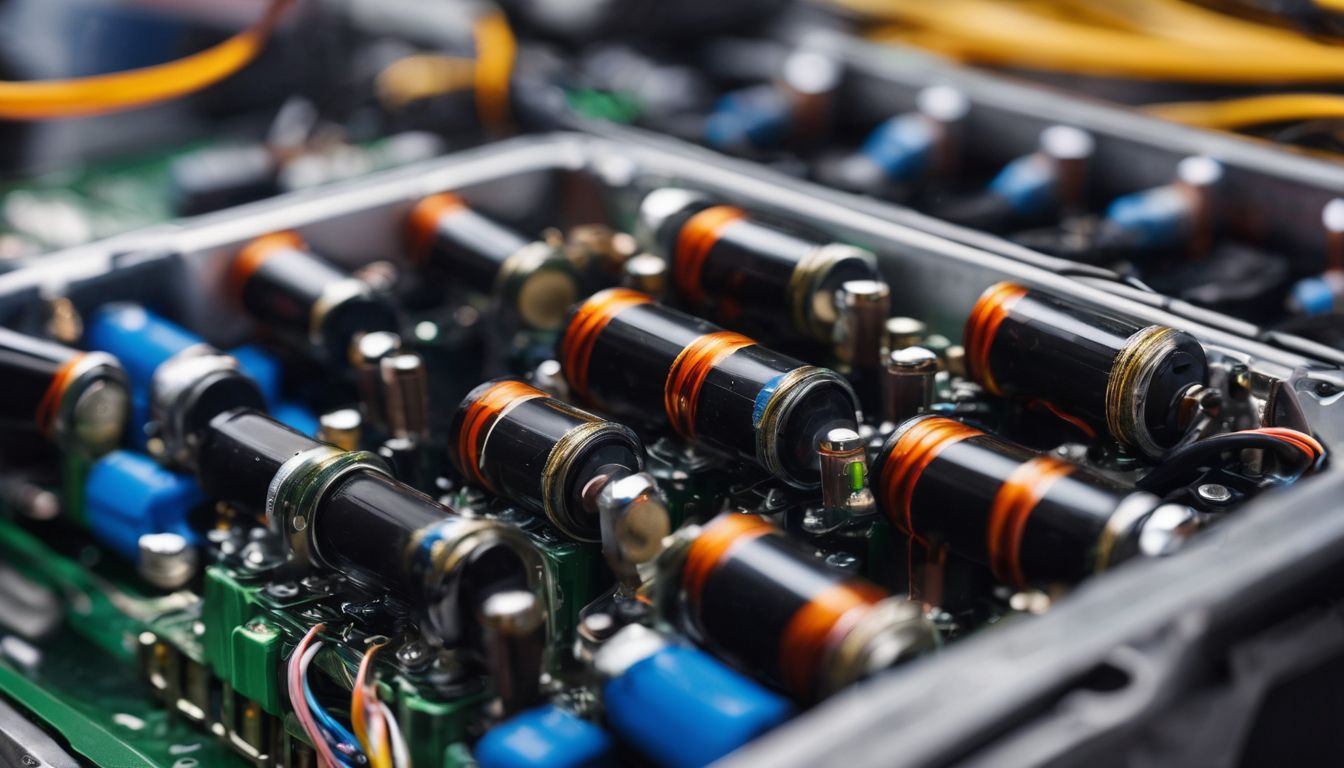When it comes to understanding car batteries, one common question arises: are car batteries AC or DC current? The distinction between alternating current (AC) and direct current (DC) is often perceived as a mere technical detail. However, this simple query opens up a fascinating exploration into the workings of our vehicles, the principles of electricity, and the broader implications within our technological landscape.
Car batteries, by their very nature, utilize direct current (DC). This fact alone can shed light on various aspects of automotive functionality. To grasp the intricacies of why car batteries operate on DC, it’s essential to understand what AC and DC currents are. In electrical terms, AC refers to the flow of electric charge that periodically reverses direction, whereas DC maintains a steady flow in one direction. This fundamental difference is pivotal to how various electrical systems in vehicles function.
To contextualize this, imagine your car’s heart—the battery. It is responsible for providing the necessary power to start the engine and sustain various electrical components throughout the vehicle. DC is utilized here because it delivers a stable current, essential for the ignition system that requires a consistent energy source to activate the engine. In contrast, the alternating nature of AC is better suited for high-voltage transmission of power over long distances, as seen in the power grids that supply electricity to our homes.
You may wonder, why direct current? The answer lies not just in stability but in the inherent design of the components within a vehicle. Start with the starter motor. It requires a significant surge of power to crank the engine, and this is safely achieved with DC. The battery provides a surge of stored energy upon request, allowing the motor to turn over and initiate combustion. The harmonious alignment of these elements underscores a broader narrative about efficiency and reliability in automotive engineering.
Another dimension worth exploring is the role of the alternator, which takes center stage once the engine is running. The alternator converts mechanical energy back into electricity, generating AC current to recharge the battery. This provides an intriguing duality—while the battery serves as the primary power source for starting the engine, the alternator complements this capacity while the vehicle is in motion. Once converted back to DC, this recharged power ensures a continuous supply for all the electrical accessories such as headlights, radio, and electronic control units.
Are there practical implications to this configuration? Absolutely. Understanding the difference between AC and DC can illuminate why certain gadgets cannot be plugged into your car’s power socket. Many devices require an AC supply and would be rendered ineffective or even damaged when plugged into a DC source. Let’s not forget, however, that car batteries are specifically engineered to handle these unique demands.
This leads us into the fascinating world of battery technology. The evolution of car batteries—from conventional lead-acid variants to modern lithium-ion constructs—illustrates advancements rooted in an understanding of DC principles. Lithium-ion batteries, for example, have become a popular choice due to their lightweight construct and higher efficiency compared to traditional batteries. As we pivot towards electric vehicles, this innovation becomes even more significant. Electric vehicles predominantly rely on DC power sources, showcasing an industry shift influenced by a deeper understanding of energy needs and performance expectations.
Battery aficionados may also find themselves enamored by the potential for innovation. The ongoing research into solid-state batteries promises to redefine storage capabilities and safety features, presenting an exciting realm where DC technology is primed for a renaissance. With improvements in energy density and discharge rates, the desire to harness this technology aligns with the consumer shift towards sustainability and eco-friendliness.
While the electrical architecture of a vehicle may seem like a mundane topic, it reverberates through various domains—sustainability, technological advancement, and a profound appreciation for science. The question of whether car batteries supply AC or DC is more than a factual answer; it’s a gateway into understanding the innovations that drive modern automotive motion.
In wrapping up this exploration, the investigation into car batteries reveals much more than an electrical categorization. It unearths insights into engineering principles, consumer behavior, and the rapid evolution of technology that aims not only to enhance performance but also ensure environmental sustainability. So, the next time you’re behind the wheel, consider the intricate dance of DC and AC playing out under the hood. This intricate interplay reflects the heart of modern engineering—a continuous narrative of power, efficiency, and ingenuity.
